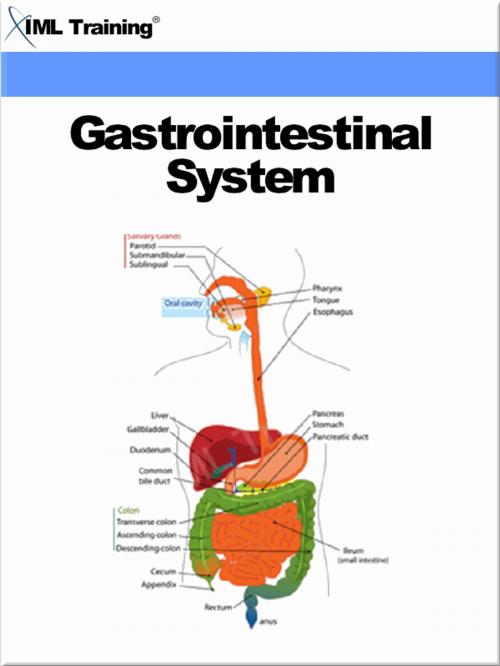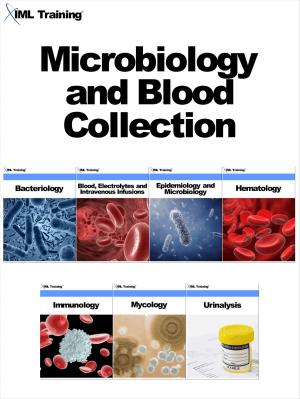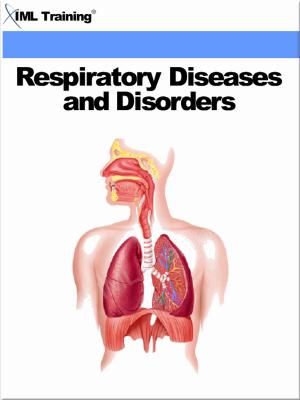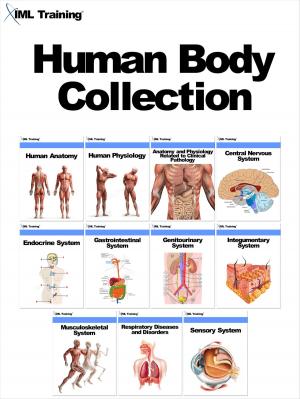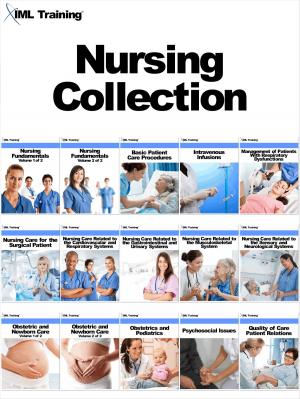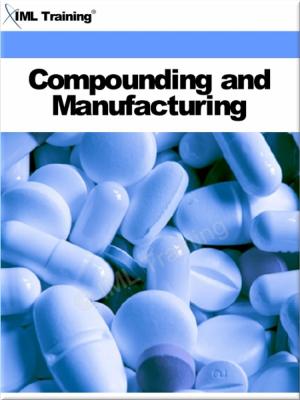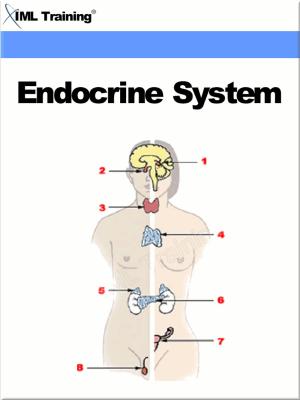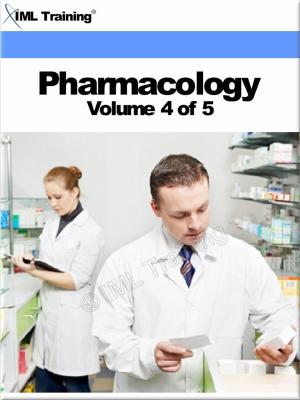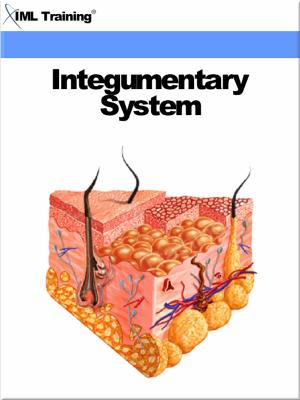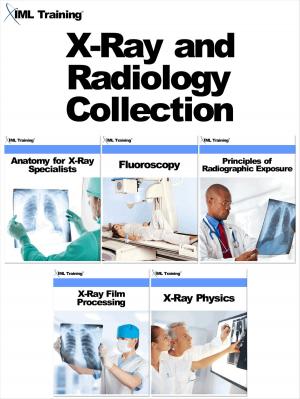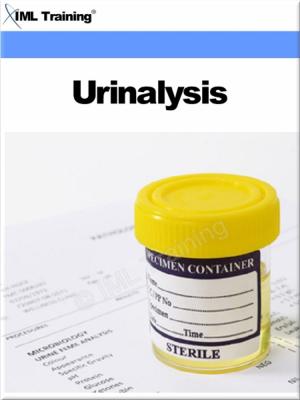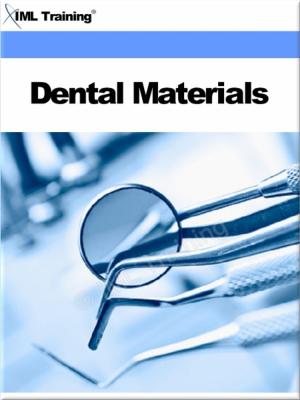Gastrointestinal System (Human Body)
Includes Anatomy, Physiology, The Digestive System, Process, Ingested Poisons, Nasogastric Intubation, Abdominal Trauma, Diseases, Disorders, Organs, Hemias, and Hepatitis
Nonfiction, Health & Well Being, Medical, Medical Science, Anatomy| Author: | ISBN: | 9781782580232 | |
| Publisher: | IML Training | Publication: | October 31, 2012 |
| Imprint: | IML Training | Language: | English |
| Author: | |
| ISBN: | 9781782580232 |
| Publisher: | IML Training |
| Publication: | October 31, 2012 |
| Imprint: | IML Training |
| Language: | English |
Gastrointestinal System
The Gastrointestinal System processes food so that it can be used by the body. Chemical reactions occur in each body cell. Some chemical reactions synthesize new enzymes, cell structures, bone, and other components of the body. Other chemical reactions release energy needed for the building processes. The foods we eat are usually too large to pass through the membranes of the body's cells. The organs of the gastrointestinal system break down food molecules for use by the cells of the body and eliminate the waste products the body cannot use.
This course is part of our Human Body series.
Includes a questions and answers section at the end of each lesson.
Full illustrations and diagrams included.
Lessons:
- Anatomy and Physiology of the Digestive System
- Physical Assessment of the Digestive System
- Diseases and Disorders of the Gastrointestinal System
- Ingested Poisons
- Nasogastric Intubation
- Abdominal Trauma
The Gastrointestinal System processes food so that it can be used by the body. Chemical reactions occur in each body cell. Some chemical reactions synthesize new enzymes, cell structures, bone, and other components of the body. Other chemical reactions release energy needed for the building processes. The foods we eat are usually too large to pass through the membranes of the body's cells. The organs of the gastrointestinal system break down food molecules for use by the cells of the body and eliminate the waste products the body cannot use.
This course is part of our Human Body series.
Includes a questions and answers section at the end of each lesson.
Full illustrations and diagrams included.
Lessons:
- Anatomy and Physiology of the Digestive System
- Physical Assessment of the Digestive System
- Diseases and Disorders of the Gastrointestinal System
- Ingested Poisons
- Nasogastric Intubation
- Abdominal Trauma
Gastrointestinal System
The Gastrointestinal System processes food so that it can be used by the body. Chemical reactions occur in each body cell. Some chemical reactions synthesize new enzymes, cell structures, bone, and other components of the body. Other chemical reactions release energy needed for the building processes. The foods we eat are usually too large to pass through the membranes of the body's cells. The organs of the gastrointestinal system break down food molecules for use by the cells of the body and eliminate the waste products the body cannot use.
This course is part of our Human Body series.
Includes a questions and answers section at the end of each lesson.
Full illustrations and diagrams included.
Lessons:
- Anatomy and Physiology of the Digestive System
- Physical Assessment of the Digestive System
- Diseases and Disorders of the Gastrointestinal System
- Ingested Poisons
- Nasogastric Intubation
- Abdominal Trauma
The Gastrointestinal System processes food so that it can be used by the body. Chemical reactions occur in each body cell. Some chemical reactions synthesize new enzymes, cell structures, bone, and other components of the body. Other chemical reactions release energy needed for the building processes. The foods we eat are usually too large to pass through the membranes of the body's cells. The organs of the gastrointestinal system break down food molecules for use by the cells of the body and eliminate the waste products the body cannot use.
This course is part of our Human Body series.
Includes a questions and answers section at the end of each lesson.
Full illustrations and diagrams included.
Lessons:
- Anatomy and Physiology of the Digestive System
- Physical Assessment of the Digestive System
- Diseases and Disorders of the Gastrointestinal System
- Ingested Poisons
- Nasogastric Intubation
- Abdominal Trauma
